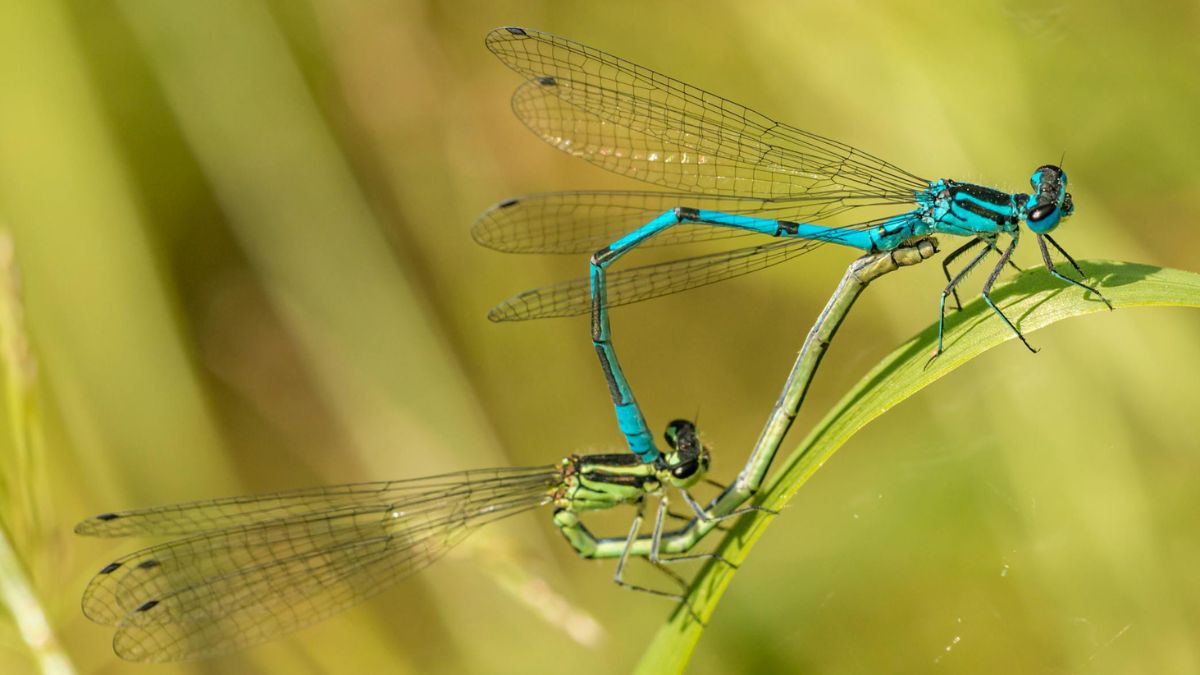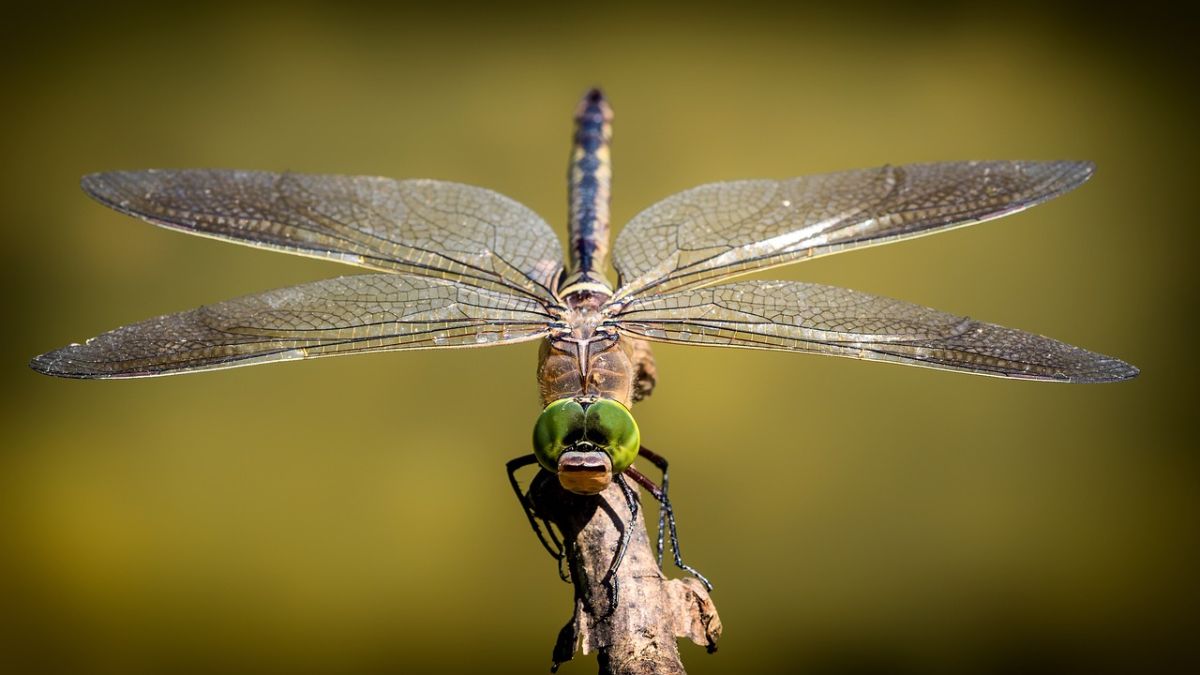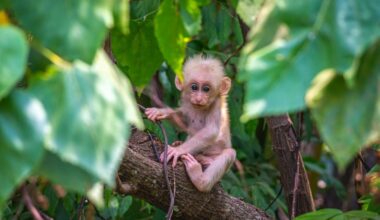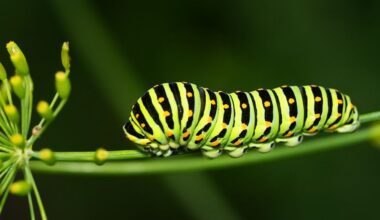Dragonflies, with their shimmering wings and graceful movements, have captivated human imagination for centuries. These aerial acrobats are more than just beautiful creatures; they hold a wealth of fascinating facts that reveal their unique adaptations and complex lives. So, spread your wings of curiosity and prepare to dive into the captivating world of dragonflies:
Masters of Flight
Unlike any other insect, dragonflies can rotate their wings independently, allowing them to maneuver with unparalleled agility. They can fly forward, backward, hover mid-air, and even change direction instantly, making them skilled hunters and elusive prey.
Eyesight Superpower
With almost 360-degree vision, dragonflies have compound eyes composed of thousands of tiny lenses. This incredible visual prowess allows them to spot potential prey from vast distances, giving them an edge in the aerial hunt.
Masters of Disguise
Not all dragonflies shimmer under the sun. Some species have mastered the art of camouflage, blending seamlessly into their surroundings with bark-like patterns or mimicking leaves and twigs. This ability helps them avoid predators and lie in wait for unsuspecting prey.

Ninjas of the Air
Dragonflies are the Michael Phelps of the insect world – they are highly efficient hunters. With lightning-fast reflexes and extendable jaws, they can catch their prey (mostly other insects) mid-air with a success rate exceeding 90%.
From Water Nymph to Aerial Marvel
Contrary to popular belief, dragonflies aren’t born with wings. They spend most of their lives (2-5 years) as aquatic nymphs, breathing underwater and hunting tadpoles and small fish. Only after a final molt do they emerge as the winged wonders we know.
Short but Meaningful Lives
As adults, most dragonflies live for only a few weeks to a few months. This fleeting existence doesn’t diminish their significance. They play a crucial role in controlling mosquito populations and other insect pests, contributing to a healthy ecosystem.
Symbolic Significance Across Cultures
Throughout history, dragonflies have held symbolic meaning in various cultures. In Japan, they represent courage and resilience, while in Native American traditions, they symbolize transformation and adaptability.
Ancient Origins
Dragonflies have a long and fascinating evolutionary history. Fossils discovered around the world date back over 300 million years, making them one of the oldest living insect groups.

Global Ambassadors
Over 5,000 dragonfly species exist worldwide, each with unique adaptations and stunning variations in size, color, and behavior. From the tiny damsel flies to the giant darner dragonflies with wingspans exceeding 7 inches, they captivate researchers and enthusiasts alike.
Conservation Concerns
Despite their resilience, some dragonfly species face threats due to habitat loss, pollution, and climate change. Conservation efforts are crucial to ensure these remarkable creatures continue to grace the skies for generations to come.
Dragonflies: More Than Just Pretty Wings
These magnificent creatures are far more than just stunning additions to our landscapes. They offer a glimpse into the wonders of evolution, adaptation, and ecological balance. By appreciating their unique characteristics and understanding their challenges, we can ensure that these dazzling deities of the air continue to soar and inspire for years to come.










